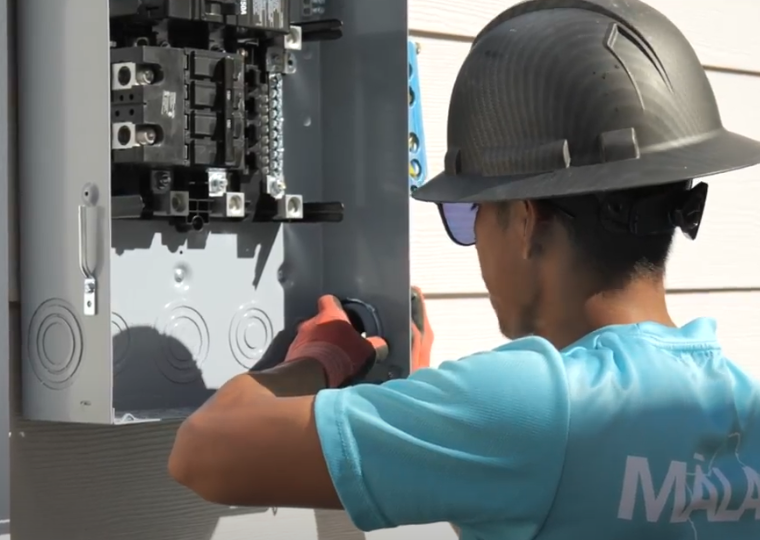What does the Inflation Reduction Act mean for Hawaii?
You’ve probably heard of the Inflation Reduction Act, which (almost magically) just passed through Congress and will be signed this week. There’s a lot of good news in this new bill regarding renewable energy, especially if you’re looking to offset the cost of solar installation.
What is the Inflation Reduction Act of 2022?
After many months of deliberation and debate, Congress has finally passed a bill put forward by Democrats that is meant to address inflation. The text of the bill is a staggering 755 pages. While most experts seem to agree that the bill’s actual short-term effect on inflation will be limited, in the long term it should help to stabilize some costs that are leading causes of inflation like energy costs and healthcare, as well as reducing the national deficit.
Though its name doesn’t quite tell the whole story, the Inflation Reduction Act just happens to be the most substantial climate change bill ever passed, with substantial potential impact on the energy sector. So what does this mean for Hawaii?
How does the Inflation Reduction Act benefit Hawaii?
The most benefit will be felt by Hawaii residents in energy costs—a welcome reprieve in an area that has been hit the hardest by rising costs. The bill incentivizes residential solar and wind with significant tax credits. (It also benefits oil and gas production in a deal that leaves some environmentalists scratching their heads, but should over time reduce the state’s energy costs and reliance on foreign oil.)
Hawaii sees the highest energy cost in the nation due to its location in the middle of the ocean, so while this bill is not a Hawaiian bill specifically, the measures outlined should help ease those costs for us here at home. That doesn’t mean that gas and electricity will magically become cheaper overnight, but in a state that’s uniquely suited for solar with an average of 240 sunny days per year, the opportunity for converting your home to renewable energy is high.
How does the Inflation Reduction Act incentivize residential solar?
Crucially, the new act renews tax incentives that were set to expire next year, extending them for another ten years. The federal tax credit jumps back up to a full 30% of the purchase and installation cost up through 2032, after which it will get a little smaller for a couple years before expiring entirely. That’s great news for you—the full cost of a PV system can be intimidating, and the federal and state tax credits can cut that cost basically in half, depending on the size of your home and your own energy needs.
If you’re interested in more information, check out our ,blog post all about the tax credits you can take advantage of when purchasing a PV system for your home.
What other climate-related incentives are in the bill?
The bill also includes tax credits for more efficient home upgrades, like home heating, insulation, electrical, and appliances. But the most significant piece deals with electric vehicles. If you’re buying a new EV, you’ll get a $7500 tax credit. For a used EV you’ll get $4000. It also crucially resets the manufacturer limit that may have prevented buyers from taking advantage of these tax credits in recent years—the previous tax credit was limited to a certain amount of vehicles sold per manufacturer, and several like Tesla and GM had already met their limit. That’s gone now, so your options have opened up. There are some price and income levels to be aware of, as well as some manufacturing requirements to incentivize American-sourced materials, but the long and short of it is you’ll probably save a good chunk on the purchase price of your next EV.
How do I take advantage of the new solar tax credit?
We’re not tax experts or attorneys, but it’s our job to help you understand what options are available to you. Call or text us today and we can set up a free evaluation of your home and your energy needs.



